Post Content
Post Content
How to Get Rid of Shaving Bumps: A Beginner’s Guide on Shaving Bumps
What are razor bumps? For many men, razor bumps are a common and incredibly annoying issue that just won’t go away seemingly no matter what method of shaving they try—even leading some of us to simply give up shaving altogether.
Considering that beards are definitely in style at the moment, this isn’t always such a bad thing.
Still, many men are either unwilling or unable to grow a beard for whatever reason and so are left alone in their continual struggle against the dreaded razor bumps itching and burning or ingrown hair bumps.
But fear not men, for we’ve done the research and testing for you and are here to pass on our knowledge to teach you how to get rid of shaving bumps once and for all.
No longer do you have to live with the pain and embarrassment that ingrown hairs or razor bumps can bring.
So read on to discover the secret of how to get rid of ingrown hairs and learn what a pain-free shave feels like.
You’ll not only find information on what causes razor bumps but also on how to stop razor bumps, how to treat razor burns, how to remove them, and how to shave without getting razor bumps and ingrown hairs.

What is Razor Bumps?
What is razor burn and how is it different from razor bumps?
If you are looking for how to get rid of shaving bumps then the first thing you must know about is the difference between razor bumps and razor burn.
Razor bumps are quite often confused with razor burn.
Most Popular Products |
||
|---|---|---|
| "#1 Butterfly Safety Razor" | "Best Shaving Kit" | "Top After-Shave Balm" |
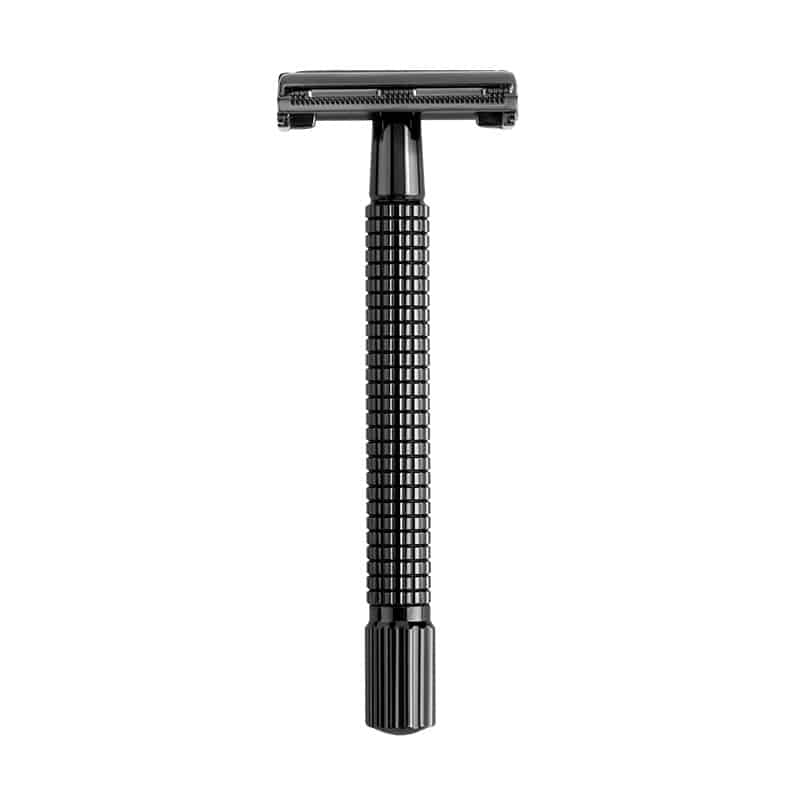 | 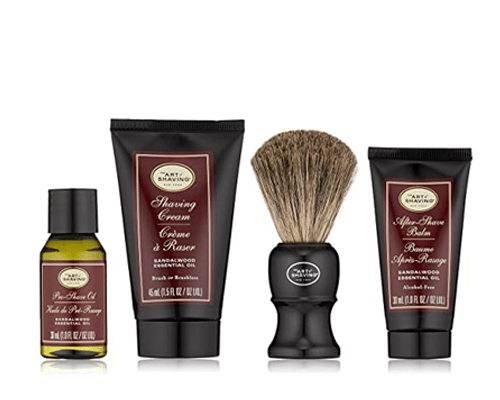 | 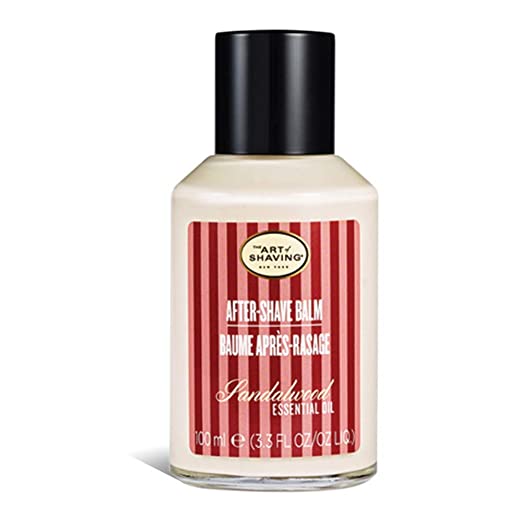 |
| View on Sigma | View on Amazon | View on Amazon |
Both conditions occur after shaving and cause irritation of the skin, or pimples after shaving but in fact, are completely separate.
Whereas razor burn is really just irritation or rash, razor bumps are actually ingrown hairs, or in medical terms, pseudofolliculitis barbae.
As the common name would suggest, ingrown hairs are hairs that are growing underneath the skin, either because the hair never properly grew out of the follicle after shaving or because it eventually curled and grew back into the skin.
What Causes Razor Bumps
The reason why razor bumps itch occurs is pretty straightforward to understand—when the hair enters the skin, the body recognizes it as a foreign object and thus sends antibodies to attack it.
The point where the hair enters the skin also typically gets infected due to dead skin cells, oil, and dirt on the face, all of which lead to the inflamed red spots we all know and despise.
Sounds simple enough, right?
The problem is that we still don’t know why some men are so much more susceptible to getting shaving razor bumps than others.
This leaves a lot of men with the mystery of what causes razor burn, how to get rid of razor burn, how to prevent razor burn, how to treat ingrown hair, and how to reduce razor bumps.
Men with curly hair definitely have an increased risk, as there is a much greater chance the hair will come into contact with the skin as it grows and curls.
However, even some men with straighter facial hair have major problems with razor bumps after shaving, possibly due to overly sensitive skin, their shaving method, or any other number of issues that may result in bumps on the face.
This means it may take a bit of the old trial and error method to finally find the right shaving and/or treatment method to finally learn how to stop ingrown hairs for yourself.
How to Get Rid of Shaving Bumps on Face with a Needle & Tweezers
If you’ve only got a couple of ingrown hairs or want to use the surefire, quick method, your best bet is to grab a needle and some tweezers, find yourself a well-lit mirror (or better yet, a partner who’s willing to help) and go about gently coaxing the hair out from underneath the skin.
When removing the ingrown hair, it’s always important to first sterilize it by boiling or dipping it in alcohol for razor bumps handling.
Before attempting to pluck out the hair, the first step is to take a clean rag or cotton ball, soak it in hot water and apply it to the razor bumps for a few minutes.
If you’ve got multiple ingrown hairs to deal with, it may be easier to simply wrap your face in a hot, damp towel.
The combination of heat and water should help soften up the hair and skin, making it much easier to pick the hair out.
To remove the hair, first, take the needle and gently pierce the top of the razor bump.
Then grab the tweezers and use them to gently grab hold of the hair and coax it out, much in the same way you would remove a splinter.
Make sure to pull until the entire hair comes out of the skin, but not so hard as to break the hair, as this will likely cause it to grow back in underneath the skin and start the whole problem over again.
It’s also important to be very careful when physically removing the hair like this, as it could potentially damage the skin and cause scarring—but in truth, you would have to be quite careless and cause yourself quite a bit of pain for this to ever happen.
After removing the hair, make sure to fully wash your face or legs to prevent dirt or bacteria from causing an infection or razor burn on your legs or face.
You may also want to apply a small bit of a product containing bacitracin (such as Neosporin) to the bumps after removing the hair, as this will further help prevent infections.
How to Treat Razor Bumps: Home Remedies and Over-the-Counter Products
Most people don’t know what to put on razor burn rash, how to stop razor burn, or what helps razor burn, but finding the best razor burn remedy can be quite tricky.
For those that don’t want to take the time or possibly deal with the pain and hassle of physically removing their ingrown hairs, the other option is to try to use one of the many over-the-counter products or home remedies.
There are numerous products designed specifically to help eliminate ingrown hairs on the face, which typically work by helping to exfoliate the skin—removing layers of dead skin cells to help free the trapped hairs and not only helpful for the face but also for leg razor burn.
Some people find usually a general exfoliant to be sufficient to help eliminate most razor bumps, while others may need to turn to something a bit stronger, such as one of the many razor bump remedies containing glycolic or salicylic acid.
These products use acid to help remove the top layer of skin and increase the rate of turnover of dead skin cells, which can again help free the hair over time.
As well as helping to treat already present ingrown hairs, these products may also help act as a preventive method if used regularly.
However, the keyword is over time, as exfoliating usually takes much longer to fully eliminate the ingrown hair than simply removing it manually.
Still, for people who continually suffer from razor bumps, using one of these products on a daily basis may be able to help you finally find an end to your ingrown hair issues.
Here is a couple of the highest rated razor bump remedies:
The internet is also full of a huge amount of over the counter remedies (including ingrown hair creams), which may or may not work.
However, in truth, the majority of these remedies are really just making use of common household products for the same exfoliating purpose.
For instance, many people recommend using a mixture of salt and hot water as an exfoliant to help draw out the hair.
Another common remedy is crushing up two aspirin in a glass of water and using this as a mask on the ingrown hair.
At least for this method, the science behind it makes perfect sense, as one of the main ingredients in aspirin is salicylic acid, so this is basically the same as many of the over-the-counter treatments.
If you’ve got a bottle of aspirin lying around, this method could probably save you a bit of cash, but not all that much as most of the salicylic acid treatments are quite reasonably priced.
What to do with razor bumps?
There are also plenty of other homemade treatments that some people swear by, such as lemon juice, witch hazel, tea tree oil and even pressing wet bags of white or green tea on the spots.
Some of these methods may definitely be able to help reduce the swelling, redness, and irritation, but it doesn’t seem likely most of these options will do much for actually getting rid of the hair or preventing the razor bumps from returning.
How to Prevent Razor Bumps
Now that you know how to get rid of shaving bumps that you’ve already got, we can move on to the more important aspect—that is, how to prevent razor bumps from appearing in the first place.
While knowing how to get rid of razor bumps is handy knowledge, it’s even better to find the technique that ensures you rarely have to deal with them.
One of the most important methods for preventing ingrown hairs is proper hygiene, which means washing and exfoliating your face twice a day.
This will go a long way to reduce the occurrence of red bumps after shaving neck hair.
It also means not using any products on your face (as a cure for razor burn groin) that contain alcohol, as this dries out the skin and makes ingrown hairs more likely to develop.
If the problem still doesn’t go away after making changes to your hygiene and shaving patterns, you may want to invest in a hydrocortisone cream or special anti-razor bump cream, and use this product twice a day to help prevent further ingrown hair occurrences.
How to Shave Without Getting Razor Bumps
Unless you’ve got extra curly hair, your ingrown hairs are most likely caused by your shaving technique.
Ensuring your shave ends razor bump-free is all about properly preparing your face and using the right shaving technique, preferably going with a wet shave if at all possible.
Not only will wet shaving with a high-quality cream or soap help lessen the chances of ingrown hairs developing, but it also provides one of the closest and most painless shaving experiences you’re likely to have.
So for those of you that still don’t know the ins and outs of wet shaving, we highly recommend reading up on it.
We have done all the research in terms of the best products including the best safety razors, best shaving soaps, best shaving creams for sensitive skin, and how to find the best shaving brush for you.
We also have an awesome infographic on the Beginner’s Guide to Shaving. Alternatively, you could also try shaving in the shower to see if this helps, as many men report experiencing far fewer ingrown hairs once they switch to a shower shave.
Another easy way to prevent razor bumps is to ditch the blade and get yourself a high-quality electric razor—although this comes with a trade-off, as the reason electric shavers result in fewer ingrown hairs is that they don’t give nearly as close of a shave.
If you’re willing to sacrifice smoothness to eliminate razor bumps, then this method is definitely worth a shot.
Once again, we have done all the testing for you and have found which are the best electric shavers for men.
If you’re not willing to give up your blade, there are still a few tips to keep in mind that may help.
We’ve already discussed the importance of wet shaving, but even if you don’t have time for the full thing, you can still at least shave with one of the best disposable razors and get a lot of benefits by shaving after you shower or wrapping your face in a warm, wet towel for a few minutes.
The point of either of these things is to help soften your facial hair, which makes it easier to cut and should decrease your chances of getting razor bumps.
Although this should really be obvious, another key thing is to always use new, sharp razor blades.
Shaving with dull razors is a great way to cut yourself, irritate your skin, and increase the number of ingrown hairs—so throw away those old blades and always reach for the best razors for razor bumps lessening.
Now, this would be very pricey if you use a cartridge razor like the Mach 3 or Fusion, but with a safety razor, each blade only costs a couple of cents which makes it a much more economical habit.
Be sure to check out our list of the best safety razor blades before you pick some up.
Another simple tip is to always shave with the grain whenever possible.
While shaving against the grain provides a bit closer of a shave, it also leads to many more ingrown hairs.
Similarly, try to avoid going back over the same spot more than once if at all possible.
If you do have to go back over a missed spot, go with the grain and go gently.
It’s also a good idea to pay attention to how you’re holding your razor.
You should never press the razor into your face or put any pressure on it, as a high-quality shaving cream should allow the razor blade to gently glide over the skin and helps to get rid of shaving bumps.
You should also try to avoid pulling the skin tight as you shave, as this also increases the chances of ingrown hairs.
Check out our article on how to shave with a safety razor for more details.
In truth, for most men, eliminating their ingrown hair issues isn’t all that difficult, but it does require that they take a bit more time preparing and thinking about their shave and skincare.
If you only suffer from a random razor bump here and there, you may just be able to pluck it out and move on.
However, for those who view shaving as a nightmare due to the constant razor bumps, you may need to develop a multi-pronged attack involving several treatment and prevention methods to get rid of shaving bumps.
Finding a comfortable, painless way of shaving and a life without razor bumps is possible.
It may take a bit of effort, but you can finally learn how to stop ingrown hairs once and for all.
Also, if you shave with a straight razor, check out the difference between safety vs straight razors and while you’re at it, be careful of razor bumps.
Shaving with Razor Bumps
If you’re reading this, there’s a good chance you may already be suffering, why do I get razor burn every time I shave, or from numerous painfully irritating razor bumps already.
So, before we get into how to prevent these hair bumps on the neck or face, first we’ll look at how to get rid of shaving bumps so you can get a head start on the healing process.
The first and probably most important thing to know about razor bumps is that it’s never a good idea to shave if ingrown hairs are already present—no matter whether you’re shaving your face, chest, or any place where the sun doesn’t shine.
Shaving while you already have ingrown hairs is just going to increase the irritation and prolong the problem—not to mention there’s a good chance you’ll end up making a bloody mess when the razor blade hits the raised bumps.
This means that if it’s all possible, it’s best to first remove the razor bumps, treat and condition the skin (apply some form of razor burn treatment face) and then wait a few days before shaving again.
This will help give the bumps time to heal, and also help prevent one of the common causes of razor bumps and burn—shaving too frequently.
If you absolutely must shave for work reasons or whatever, it’s still a good idea to first remove the bumps and then wait a few hours, possibly overnight, for the inflammation to go down before shaving.
Then when you finally do shave, make sure to follow the instructions below under how to prevent razor bumps on legs or face and how to shave without getting razor bumps on men’s pubic area.
Razor Bumps or Pimples: To Pluck or Not to Pluck
One big issue many people have is that they confuse razor burn bumps with pimples, often leading them to assume that you should never remove a razor bump just as you should never pop a zit.
For ingrown hairs, the opposite is actually true, as it is first necessary to remove the hair and stop it from growing under the skin to eliminate the problem of having ingrown hair scars.
Until the hair is fully removed, the body will continue to fight it and the irritation and inflammation will continue.
So, this means that learning how to get rid of shaving bumps involves learning how best to get the hair to come out from under the skin.
In most cases, it is quite easy to tell a pimple and a razor bump apart, as most of us have probably had more than a few of each over the course of our lifetime.
Generally speaking, the majority of pink or red bumps that appear after shaving are going to be razor bumps, although they may also turn white if the spot fills up with pus.
Top Rated Colognes by Women |
||
|---|---|---|
| "Montblanc Legend" | "Ck One" | "Nick Jonas by John Varvatos " |
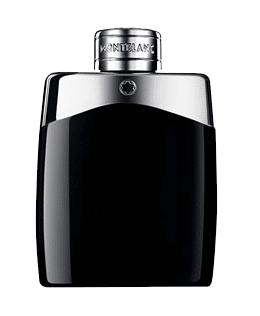 | 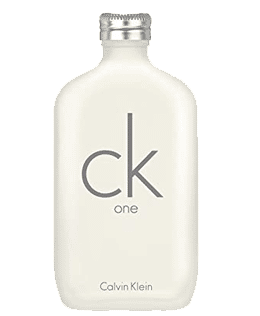 | 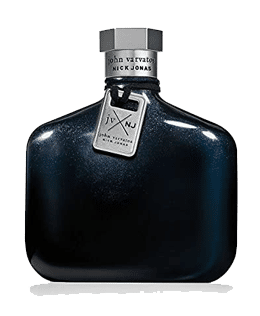 |
| Buy on Amazon | Buy on Amazon | Buy on Amazon |
Another easy way to tell if it’s a razor bump is to look for the hair, which is almost always visible under the skin except in the case of people with darker skin or when the hair is growing deep underneath the skin.
When it comes to how to get rid of shaving bumps, there are generally two schools of thought—those that seek to use home remedies or over the counter products to treat the problem or those that use a needle and/or tweezers to manually remove the hair.
In truth, it’s up to you which method you prefer, as choosing the best method depends on how severe the problem is and what you’re willing to do to fix it.
Personally, I’ve never found any of the products or home remedies to be as effective as simply plucking the hair out of the skin, but there are plenty of people who swear by the other method, especially those who continuously find themselves with a large number of ingrown hairs.
